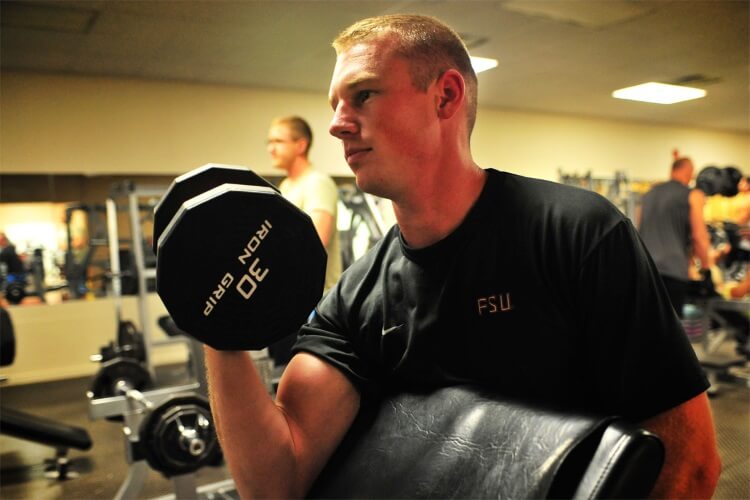
Tactical strength and conditioning is making first responders better, faster and stronger, by training them to resist injury more effectively and to better adapt their bodies to what’s required of them while they’re out there on the front lines.
Tactical strength and conditioning facilitators are highly-trained to develop the physical attributes of first responders, improving overall performance and wellness.
TSAC for fire, police and military is how you can reach higher in your career, serving the public in the peak condition demanded by emergency situations.
The science of the body
First responders are regularly thrown into situations where they need to be in top shape to be effective. Emergency situations also demand a clear head, so TSAC speaks to the overall wellness of fire, police and military personnel, to keep them at their best while on duty.
Strength, agility and endurance are all part of the training, but an important focus of this very specific training is to help these valuable public servants from injuring themselves due to repetitive motion and overuse in the line of duty.
TSAC programs intentionally enhance performance, encourage self-care and holistic wellness and reduce injuries. Tactical professionals also need to feed their bodies mindfully, so nutrition is a vital component of the training.
The science of the body is one of balance in all things, so rest and recovery strategies are covered, to create balance between the body and mind.
Testing
A crucial component of TSAC training for tactical professionals is analysis of need. This analysis is done for all participants on an individual basis to identify strengths and weaknesses and tailor training to address areas in need of improvement.
Exercises are based on muscle groups and work with individual patterns of movement, correcting those which need to be corrected. Technique, gait and positioning are also examined and addressed to ensure that tactical personnel are using their bodies properly and not exposing themselves to injury in the pursuit of fitness.
Many first responders follow intense fitness regimens, but not all are well-versed in the required technique. This can lead to imbalance between muscle groups, which makes them more vulnerable to injury on the job.
TSAC also speaks to the direct physical pre-requisites of the first responder’s specific area. While all first responders need to remain in peak condition to their jobs well, the roles of firefighters, police and military personnel are all vastly different in application, with unique requirements for each.
The program also makes provision for working with first responders who’ve been injured in the line of duty, rehabilitating them while helping them maintain fitness levels in recovery.
Back & Body Medical
At Back & Body Medical, we support any biomechanical approach to intense work like that done by our brave first responders. These are the people who come to help us when we need it most. Knowing that TSAC is helping them do that makes us feel safer.
If you’re seeking personalized pain relief, contact us.









